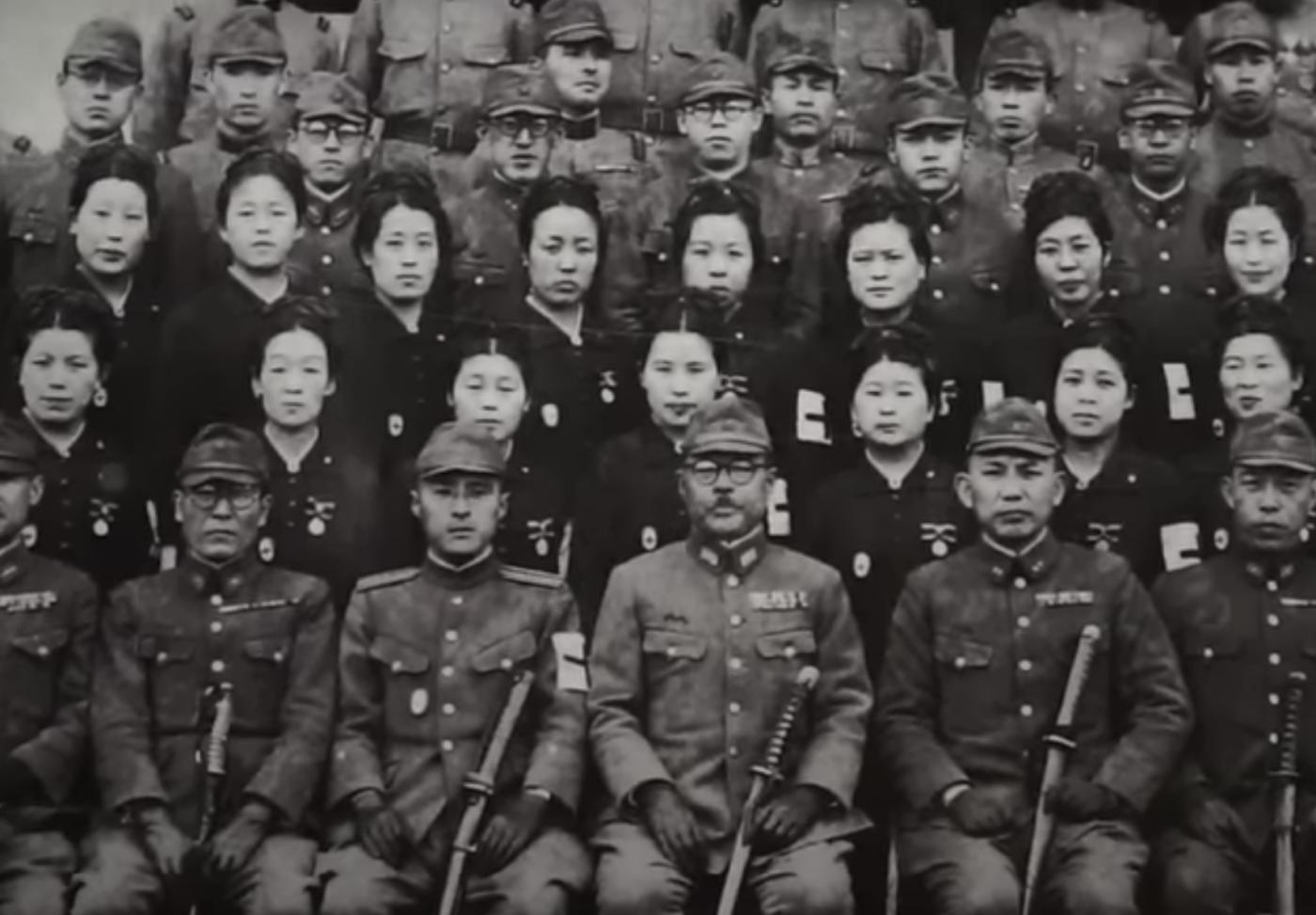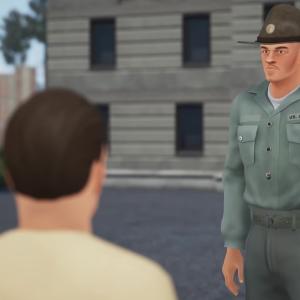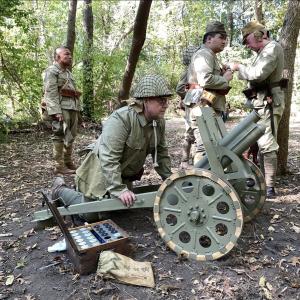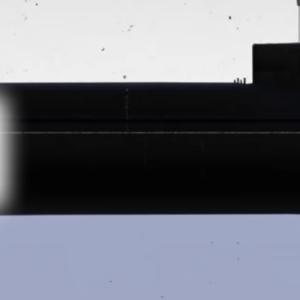
Japans unit 731
Unit 731 was one of Imperial Japan’s most infamous wartime programs, responsible for conducting some of the most horrific human experimentation in history. Officially known as the Epidemic Prevention and Water Purification Department of the Kwantung Army, Unit 731 operated during the Second Sino-Japanese War (1937–1945) and throughout World War II. While its name suggested a defensive purpose, its actual function was deeply sinister: to develop and deploy biological weapons and conduct lethal experiments on human beings in the name of military science.
The unit was led by General Shirō Ishii, a medical doctor and microbiologist who believed biological weapons could win wars more efficiently and economically than conventional arms. Ishii, known for his charisma and persuasive abilities, convinced the Japanese military elite of the strategic value of biological warfare. Under his leadership, Unit 731 was established in 1935 in the Pingfang district of Harbin, in the puppet state of Manchukuo in northeastern China. The facility grew into a sprawling complex with more than 150 buildings, covering over six square kilometers. It was shielded by secrecy and euphemisms, allowing the Japanese government to deny its true purpose for decades.
Experiments at Unit 731 were brutal, inhumane, and methodically recorded. Thousands of prisoners—mostly Chinese civilians and prisoners of war, along with Koreans, Russians, Mongolians, and a smaller number of Allied POWs—were subjected to these tests. Victims were referred to as "maruta," meaning "logs," dehumanizing them in official documents and conversations. The experiments were varied, ranging from physiological torture to testing biological agents.
One of the core areas of Unit 731’s research was the study of infectious diseases and their use as biological weapons. Victims were deliberately infected with deadly pathogens such as plague, anthrax, cholera, typhus, dysentery, and glanders. Researchers studied disease progression by observing victims without providing treatment. In many cases, subjects were dissected alive without anesthesia to examine the internal effects of these diseases. Limbs were amputated and reattached in reverse orientation, organs were removed or swapped between individuals, and blood was drained or replaced to test survivability. These atrocities were carried out to gather data on the effectiveness of pathogens and trauma responses under battlefield conditions.
Frostbite experiments were another major area of investigation. Prisoners were taken outside in freezing temperatures and had water poured over their exposed limbs to induce frostbite. Once the flesh was frozen solid, doctors would test methods of thawing, including immersion in hot water, exposure to open flames, and physical beating. These experiments were conducted to help Japanese troops survive the harsh winters of Manchuria and the Soviet borderlands. Similarly, dehydration experiments involved depriving subjects of water or forcing them to drink seawater to understand the effects of severe fluid loss.
Vivisection was routine. Prisoners were infected with diseases and then dissected alive so that scientists could observe the internal effects in real time. Organs were removed to track bacterial spread, and sometimes the experiments involved reproductive studies, including forced pregnancies and STD infections. Male and female prisoners were deliberately infected with syphilis and gonorrhea to study sexual transmission and its pathological effects on different organs.
To evaluate weapons, researchers at Unit 731 also tested grenades, flamethrowers, and bombs on live subjects. Victims were tied to stakes in open fields and subjected to various munitions, allowing scientists to measure blast radius, fragmentation patterns, and lethality. Some prisoners were sealed in pressure chambers until their eyes burst from the sockets or they suffocated. Other tests involved exposing subjects to lethal doses of radiation or injecting them with animal blood to observe allergic or rejection responses.
The battlefield use of Unit 731’s research was equally horrifying. During the Second Sino-Japanese War, Japan employed biological weapons developed at the Pingfang facility. Aircraft dropped plague-infested fleas over Chinese cities, including Ningbo and Changde, causing outbreaks that killed thousands. These fleas were bred in laboratories, infected with Yersinia pestis (the plague bacterium), and released using ceramic bombs designed to shatter on impact. Rivers and wells were deliberately contaminated with cholera and typhoid, devastating local populations and disrupting enemy logistics. Reports also indicate Japanese troops would leave poisoned food or distribute contaminated clothing among civilians.
These biological warfare tactics were intended not only to kill but to instill terror, weaken Chinese resistance, and create chaos behind enemy lines. However, these actions also led to unintended outbreaks that affected Japanese troops and contributed to the loss of control in some areas. In total, it’s estimated that between 200,000 to 300,000 people died as a result of the experiments and biological warfare operations conducted or influenced by Unit 731.
At the end of World War II, as the Soviet army advanced into Manchuria, the Japanese destroyed the Pingfang complex to hide evidence of their crimes. Documents were burned, buildings were demolished, and remaining prisoners and animals were executed. However, many of the personnel involved, including General Shirō Ishii, were not held accountable. In exchange for their research data, the United States granted immunity to several Unit 731 members, using the findings to advance its own biological weapons program during the Cold War. This controversial decision allowed many of the perpetrators to go on to successful careers in medicine, academia, and business in post-war Japan.
The story of Unit 731 remained largely hidden from public discourse for decades due to both Japanese denial and Western complicity. In recent years, however, declassified documents, survivor testimonies, and historical investigations have brought greater awareness to these atrocities. The legacy of Unit 731 remains a chilling reminder of the dangers of unchecked military ambition and the ethical collapse that can occur under the guise of scientific progress. Its history is a stark lesson in the importance of transparency, accountability, and human rights, even during the most extreme circumstances of war.










